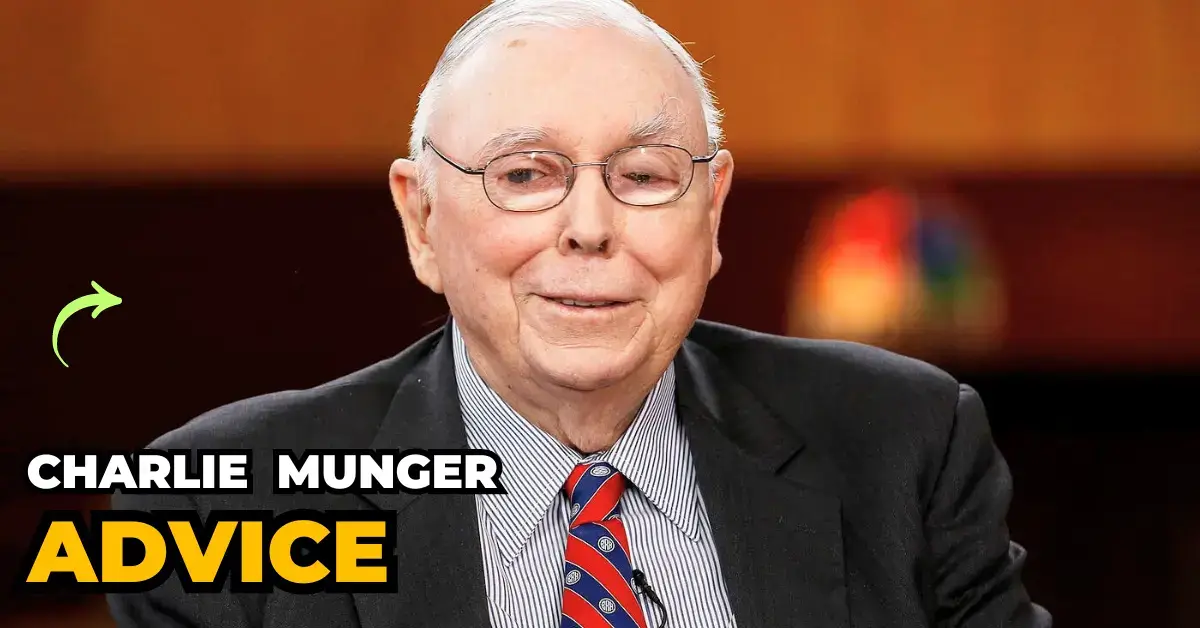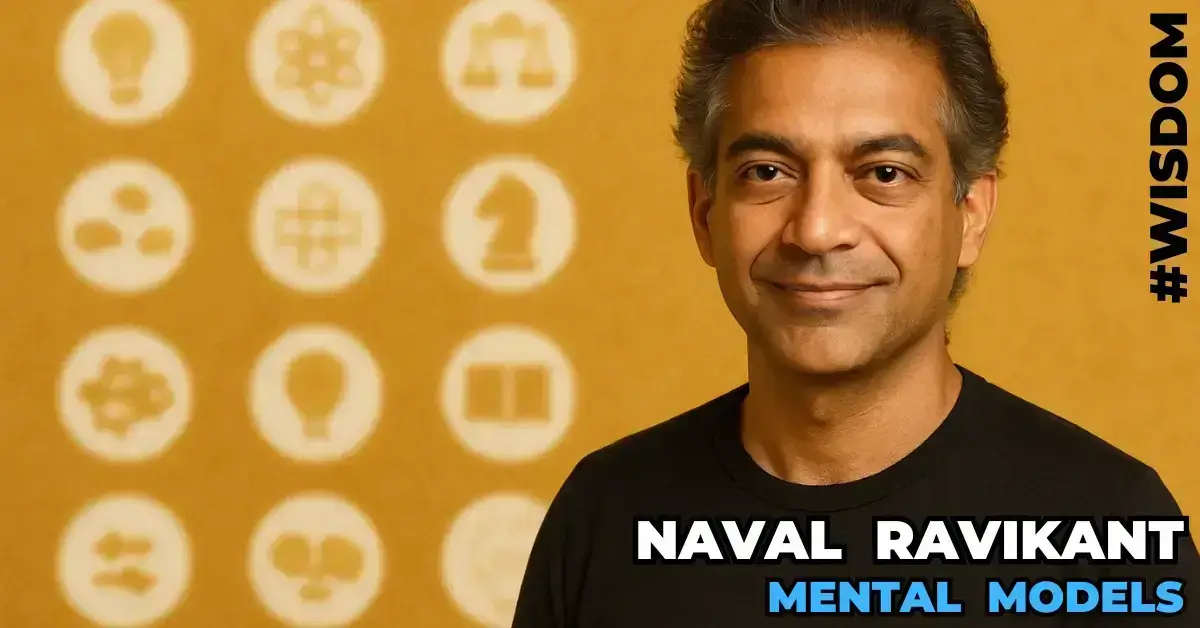10 Best Marketing Lessons From 100 Marketing Books
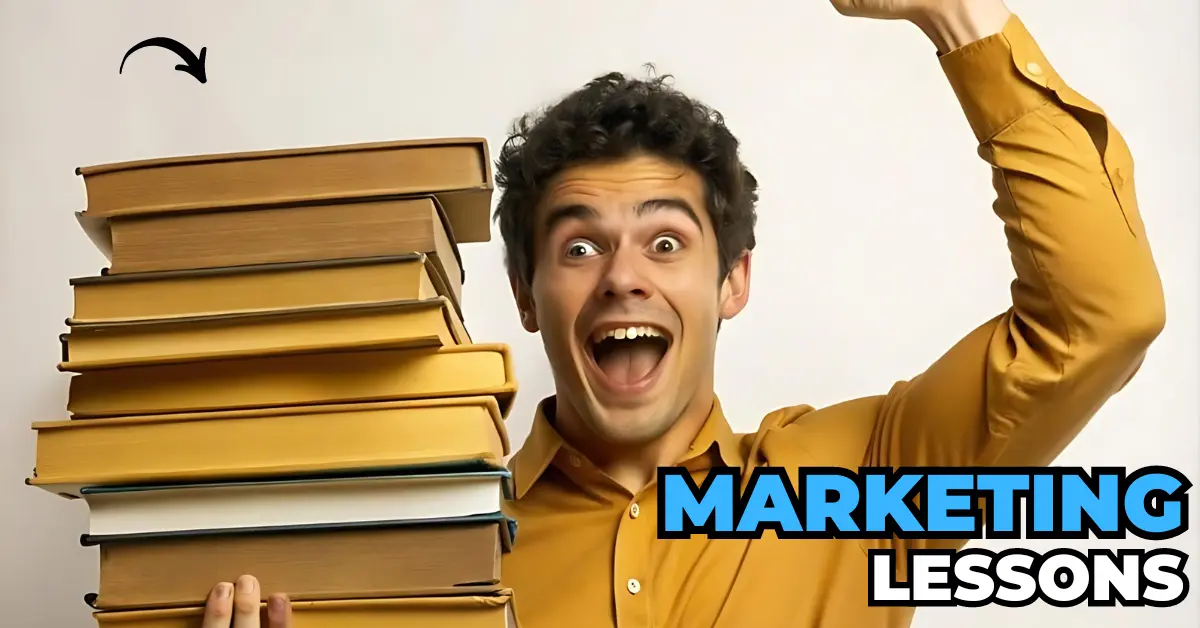
Imagine a large library packed with heavy shelves and years of marketing expertise. Each book holds precious insights and strategies. Many marketers have turned these pages over time, looking for the keys to success.
From the early days of marketing to state-of-the-art digital advertising specialists, these books have prompted how we view and exercise marketing.
In this article, we will summarize the core ideas from 100 of these marketing classics into 10 essential lessons.
These lessons are not just theories; they are practical tips that have been tried and tested by some of the most successful marketers ever.
Whether you are an experienced expert or new to advertising, those instructions will offer you beneficial insights and motivation.
Table of Contents
Here Are The 10 Best Marketing Lessons From 100 Marketing Books
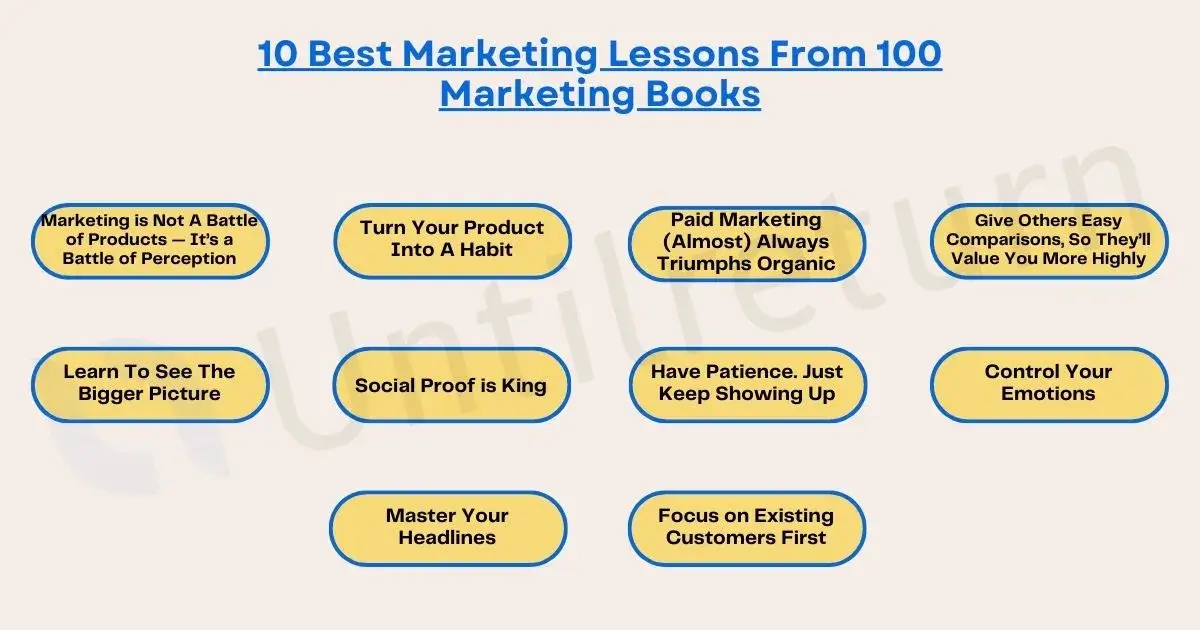
Prepare to be stimulated, informed, and empowered. This exploration of 100 marketing books will come up with the information and tools needed to thrive in today’s competitive world.
Marketing is Not A Battle of Products — It’s a Battle of Perception
Marketing isn’t just about promoting things. It’s about converting how people think approximately things. It’s a conflict of perception, not a battle of products.
Think about it this manner: two brands may sell the same specific product, however, one might be visible as remarkable and pricey, while the opposite is seen as cheap and unreliable. Why? Because The difference lies in how each brand is viewed by consumers. Marketing involves creating a narrative around a product.
Marketing is the art of crafting a story around a product. It’s approximately connecting with human beings on an emotional stage, making them feel something for your brand. It’s about earning trust, fostering loyalty, and ultimately altering how people perceive the world.
So, when you encounter an advertisement or a product, keep in mind: that it’s not only about the item itself but also about the story it tells. It’s a contest of perceptions, not just products.
Turn Your Product Into A Habit
Have you thought about why some products become essential in our everyday lives? It’s not only about their quality or features; it’s about habits. Habits are strong forces that guide our actions, often without our awareness.
So, how can you make your product into a habit?
| Simplify Usage | The simpler your product is to use, the more likely people will return to it. Streamline the process, make the interface user-friendly, and eliminate unnecessary steps. Consider how to integrate your product into their daily routines. |
| Create Enjoyment | People tend to copy actions that give them pleasure or delight. Think about how to make the use of your product an enjoyable experience. It could offer a sense of achievement, relaxation, or connection with others. |
| Ensure Relevance | Individuals are more inclined to form habits that resonate with their values and aspirations. Reflect on how your product can address a challenge in their lives or help them reach their goals. |
| Foster Social Connections | People are often swayed by those around them. Promote social engagement and sharing related to your product. This might include building a community, organizing events, or collaborating with influencers. |
| Personalize the Experience | Customers value products that feel customized to their specific needs. Think about how to tailor the user experience, perhaps through options for customization or personalized suggestions. |
One of the marketing books (Hooked: How to Build Habit-Forming Products by Nir Eyal) stated that “Once you have succeeded in turning your product into a habit, another competing product will find it tougher to displace your product.”
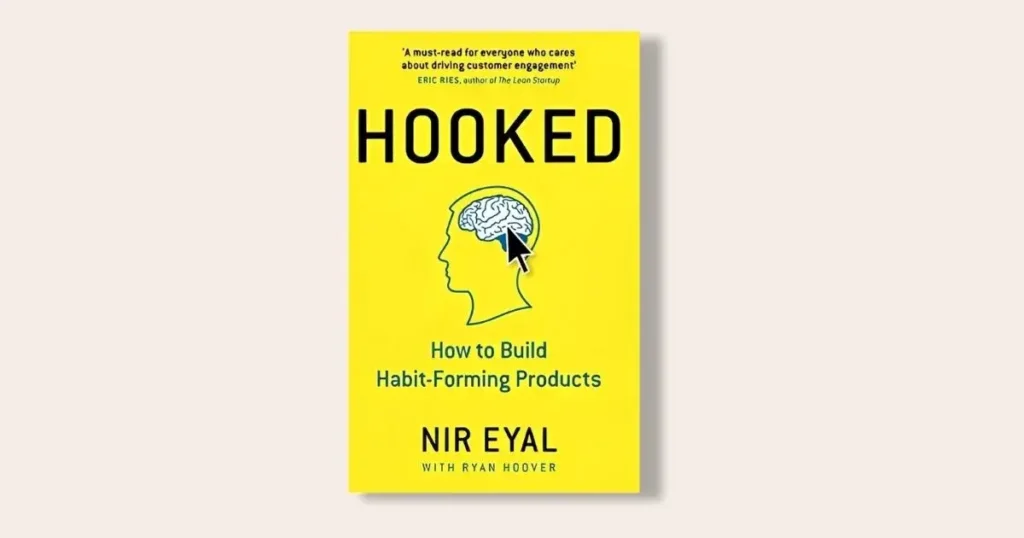
Well, Keep in mind, that making your product into a habit is a process, not a quick fix. It requires time, effort, and a thorough understanding of your audience.
Paid Marketing (Almost) Always Triumphs Organic
Many human beings prefer organic marketing over paid marketing. This might be because organic methods seem harder to obtain, making them more treasured and genuine. However, “The 1-Page Marketing Plan” argues that paid marketing is typically more effective for three key reasons.
- First, paid marketing is dependable. If you spend a thousand dollars, you know exactly how many people will see your ad, while organic reach is uncertain.
- Second, paid marketing delivers quick results. You can control when your ads run, which helps coordinate with other marketing strategies. In contrast, organic marketing may take time to gain attention.
- Finally, paid marketing permits for higher targeting. When you invest cash, you can pick out your target audience, but with organic marketing, you have no manage over who sees your content.
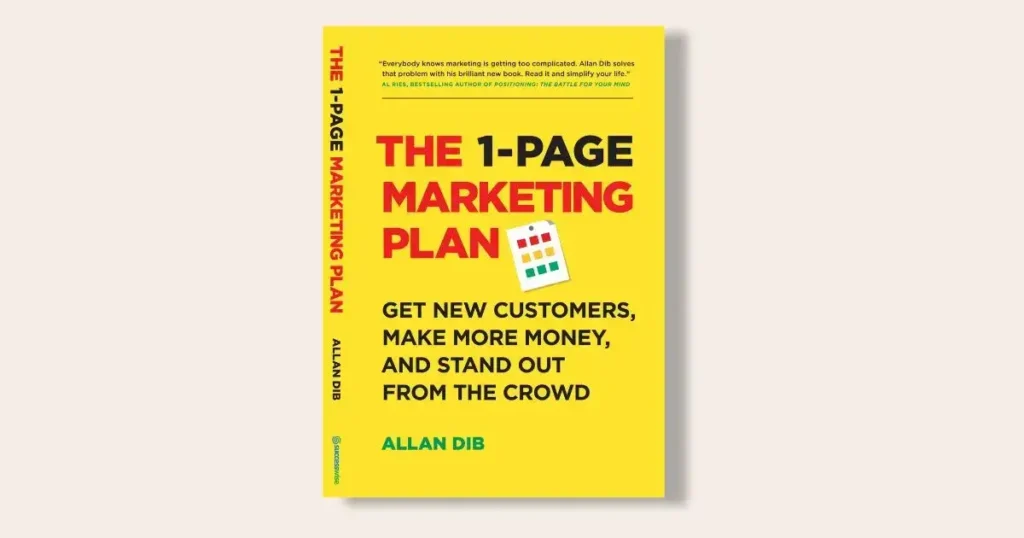
Give Others Easy Comparisons, So They’ll Value You More Highly
In our busy world, many human beings feel overwhelmed by all the new information and complicated ideas. That’s why it’s important to simplify these concepts into easy-to-understand terms. Using familiar examples can help make even the hardest ideas clearer.
Take Farmigo as an example. Instead of using complicated language to describe their farm-to-table delivery service, they compared it to Uber. They said, “It’s like Uber but for farmer markets.”
This easy comparison quickly explained the main idea: you can order fresh fruits and vegetables online, and they will be delivered to your home. By linking their service to something people already recognize, Farmigo made it easier for everyone to see its benefits.
Learn To See The Bigger Picture
Well in this there is our case in which we found out that we were focusing too much on making each detail of the messaging and design perfect. It’s important to step back and focus on the bigger goals just to make sure our efforts help the overall marketing purpose.
Social Proof is King
Have you ever seen how human beings often choose popular restaurants or buy items with many good reviews? This is known as social proof. We usually believe what others select, especially when we’re unsure.
Social proof can be a strong tool for both businesses and individuals. When you display that many people have already picked a product or service, it can make it more appealing to new customers. For example, sharing customer reviews or showing how many people have used your product can work well.
Keep in mind that we are social beings. We often look to others for help and approval. By using social proof, you can take advantage of this natural behavior and enhance your probability of success.
Have Patience. Just Keep Showing Up
In one of the marketing books (This is Marketing: You Can’t Be Seen Until You Learn To See by Seth Godin), Godlin says The secret to long-term marketing success? Just keep showing up.
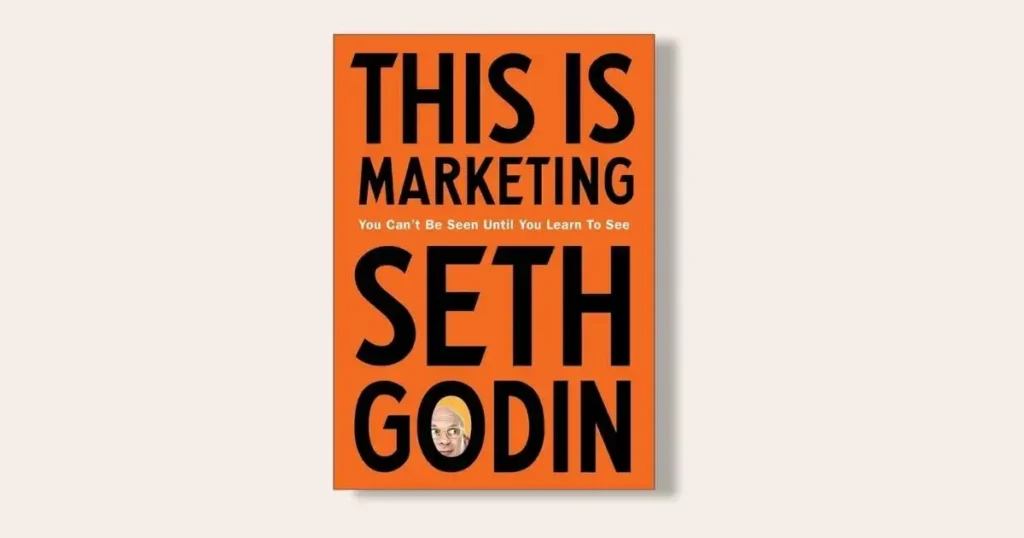
This means being present consistently for many years is crucial in marketing to effectively create the change you want. By regularly connecting with your audience and sharing useful content, you will naturally gain their trust and respect throughout the years.
This method of being genuinely present has been a key aspect in the organic success of brands.
Control Your Emotions
Emotions are very important in marketing. They help us connect with brands, making us more willing to purchase their products or services. However, if not handled well, emotions can also reason for hasty choices and damage a brand’s image.
To succeed in marketing, it’s essential to manage and utilize emotions effectively. This includes knowing how humans experience and crafting messages that simply resonate with them. It calls for empathy, compassion, and authenticity.
Keep in mind that people tend to bond with brands that recognize and reflect their feelings. By prioritizing emotions, you can create stronger connections with your audience and increase sales.
Master Your Headlines
Create a headline that grabs attention and sparks curiosity to encourage readers to hold. If your headline doesn’t stand out, people might not be interested in what follows, making the rest of your content material useless.
This perception has been beneficial in my e-mail marketing efforts, where I’ve discovered the importance of trying out numerous headlines and messages to enhance my open rates.
Focus on Existing Customers First
In a world where we are always looking for new customers, we often forget how important our current ones are. However, paying attention to existing customers is a smart way to ensure long-term success.
Studies show that working with existing customers can generate five times more lifetime value and return on investment than trying to gain new ones!
Final Verdict
After exploring many marketing books, it’s obvious that even though marketing changes, some basic ideas stay the same. As marketers, we should continually be curious, flexible, and sincere in what we do.
By getting to know from these books, we are able to build sturdy relationships with our audiences and help our business succeed.
Keep in mind, that marketing is more than just work; it’s a chance to make a good difference in the world.


